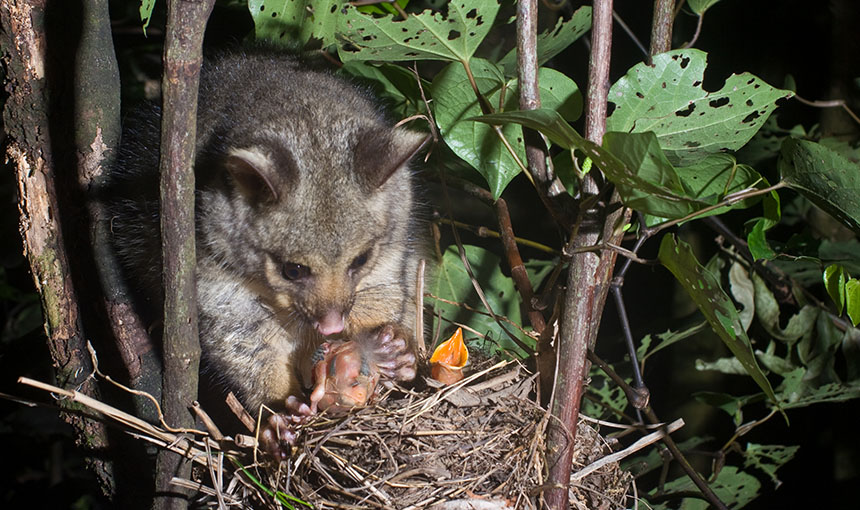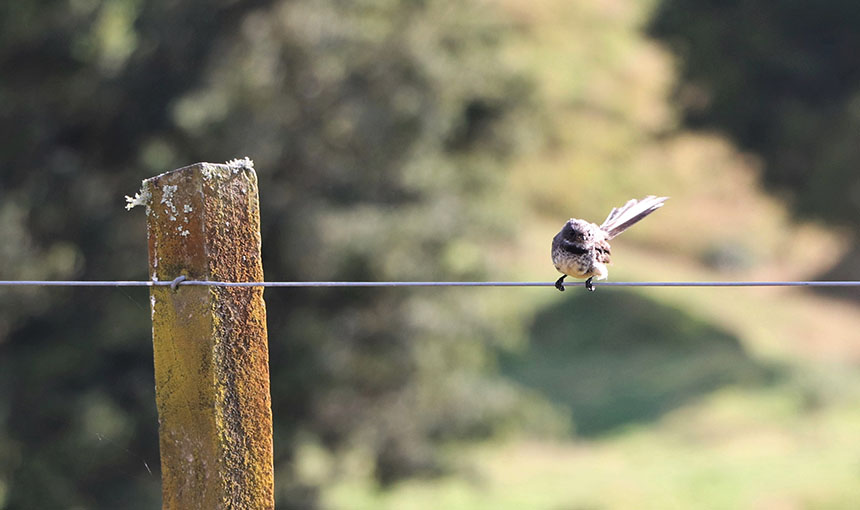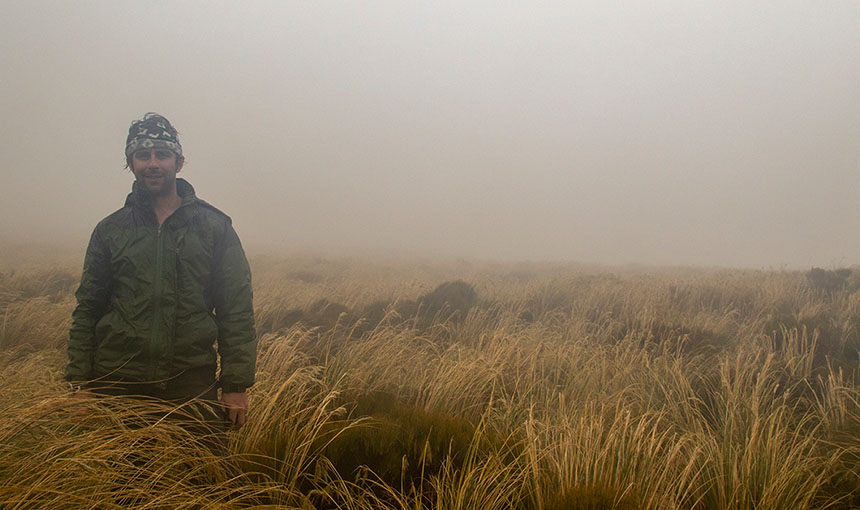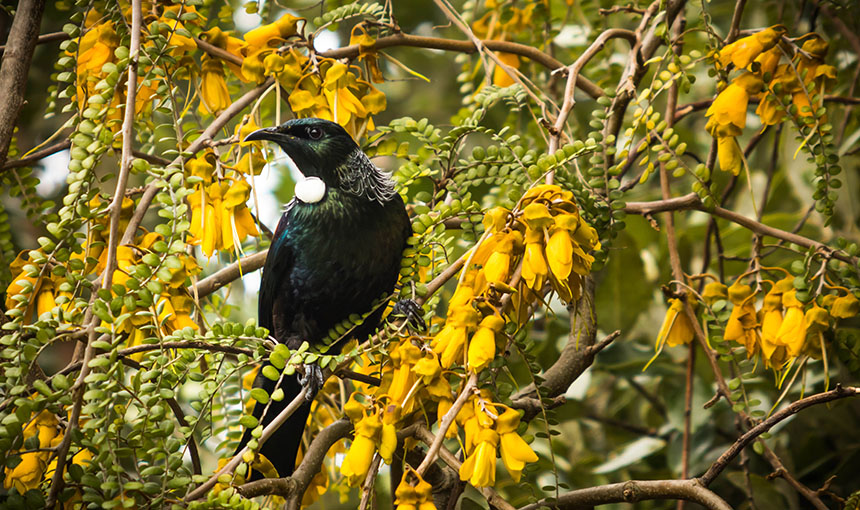Developing possum-specific poisons
This project has possums in its sights, with researchers using genome mining to develop poisons that will exclusively target this small mammalian predator on a massive scale.

Led by Manaaki Whenua – Landcare Research’s Dr Brian Hopkins, the team is using a new application of genome mining to identify the possum’s Achilles Heel: possum-specific genes suitable for the development of species-selective toxins. Genome mining is a technology developed by the pharmaceutical industry to discover targets for drug development.
The possum-selective poisons would have little or no effect on non-target species – a characteristic that’s likely to appeal to the general public. They could be used in conjunction with current toxins – greatly reducing the amounts needed and possibly replacing them altogether. As a consequence, the environmental impact of large-scale pest control operations would be markedly reduced.
Once perfected, the technology could be adapted to a wide range of economic and environmental pests, such as stoats, rats and mice. It would position Aotearoa at the forefront of thought leadership in sustainable, species-selective pest control.
A national priority
Controlling possums is a national priority if Aotearoa New Zealand is to reverse the decline in native species and keep livestock TB-free. This project contributes toward BioHeritage’s goal of creating a world-class biosecurity system for Aotearoa.
Landscape-scale control requires poisons because trapping is too costly. However, current poisons such as 1080 and anticoagulants are controversial due to risks to non-target species, environmental persistence and the potential for entry into the food chain.
Species-selective pest control will help Predator Free NZ and TBfree NZ achieve their goals and enhance the primary industry’s sustainability credentials. These toxins will support tourism by safeguarding Aotearoa’s natural environment and biodiversity. In particular, taonga species of importance to Māori will be protected.
By transforming biodiversity gains, the provision of safer pest control tools will support Aotearoa’s tourism and recreation sectors that are estimated to be worth about $9.4B annually.
New tools will protect the large-scale possum management that is currently carried out using 1080 as the primary control tool. If 1080 is restricted or banned, leading to an uncontrolled TB outbreak, Aotearoa could face annual trade losses of up to $14B.
This project is aligned to MBIE funded project C09X1615 Using genome mining to identify targets for developing species-selective toxins.
The team
Brian’s team includes people highly experienced in developing and commercialising toxins:
- Dr. Katherine Horak (USDA-APHIS, Colorado, USA)
- Prof Patricia McDonald (Scripps Institute , Florida, USA)
- Dist. Prof. Margaret Brimble, (University of Auckland, NZ).
Issues & Impacts
Genome mining is a relatively new technique that involves analysis of the entire genome of a species. As the possum genome has not been sequenced, we are using related marsupial genomes as surrogates.
Two separate approaches are being used:
- The first approach targets G-protein coupled receptors (GPCRs) sufficiently differentiated in the possum to achieve species specificity. We're using world-leading high throughput screening (HTS) robotics located at the Scripps Institute, Florida, to screen their large compound libraries (currently >650,000) to identify possum-selective active compounds. The discovery of totally novel compounds active at the possum receptors will not only drive possum-selective toxin development, but also generate new knowledge and understanding of possum genetics, pharmacology and toxicology.
- The second approach targets genes that are well described in the literature as leading to acute death when their activity is disrupted. Specificity will be achieved by developing highly possum-specific small interfering RNA (siRNA) gene silencing molecules as toxins, which will inactivate the target genes and cause species-specific death.
If either approach is successful, we will have identified the world’s first possum-selective toxin.


